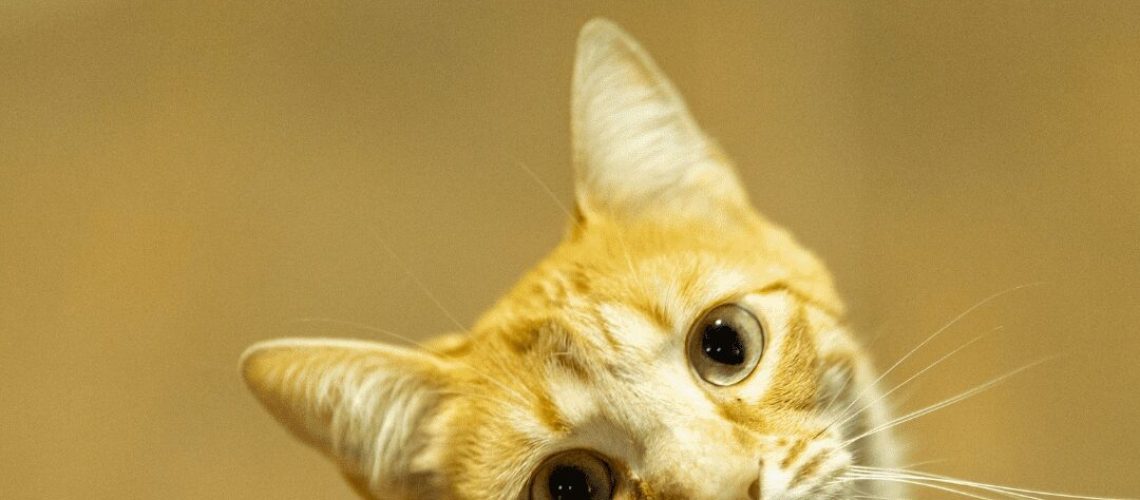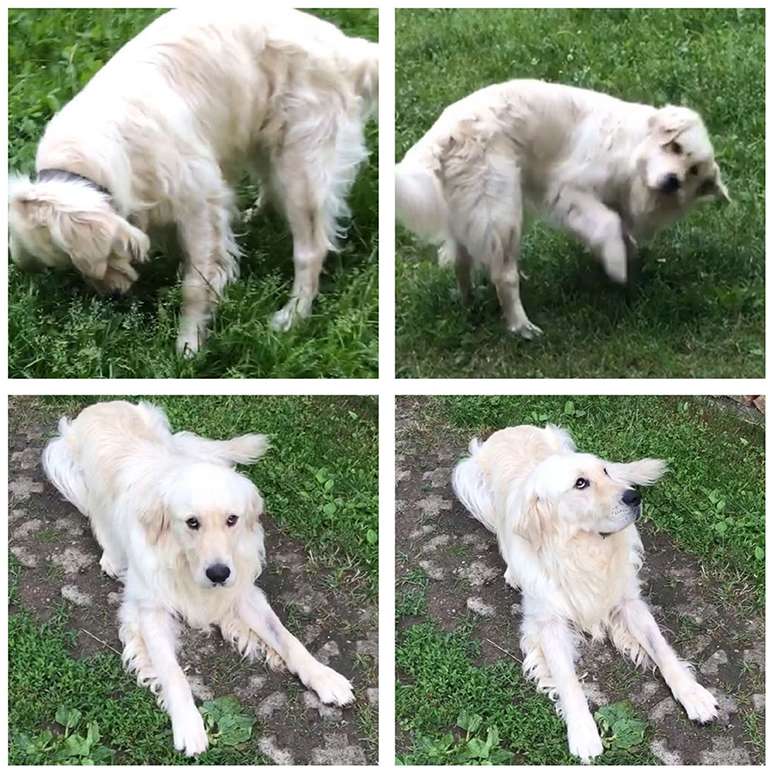Are you a cat lover? Do you ever wonder why your feline friend sometimes seems a little off-balance or disoriented? If so, then understanding vestibular disease in cats is the key to unlocking a deeper connection with your furry companion. This intriguing topic not only sheds light on the mysterious world of our whiskered friends, but it also provides valuable insights into their health and well-being. By delving into the realm of dizzy whiskers, you'll gain a newfound appreciation for the complexities of the feline body and mind. So, let's embark on this journey together, as we uncover the secrets behind those wobbly moments that make our cats so endearingly unique. Get ready to be amazed by what lies beneath those adorable ears!
Key Takeaways:
- Vestibular disease in cats can cause symptoms such as head tilting, loss of balance, and rapid eye movements.
- There are various causes of vestibular disease in cats, including inner ear infections, trauma, and certain medications.
- Diagnosing vestibular disease in cats involves a thorough physical examination, blood tests, and possibly imaging tests like X-rays or MRIs.
- Treatment for vestibular disease in cats depends on the underlying cause but may include medication to control symptoms and supportive care.
- In most cases, cats with vestibular disease can recover with appropriate treatment and management of the underlying cause.
Understanding Vestibular Disease in Cats: Causes and Effects
Vestibular disease is a condition that affects the inner ear and brain of cats, leading to problems with balance and coordination. The vestibular system is responsible for maintaining a cat's sense of balance, so when it becomes disrupted, it can cause issues such as stumbling, falling, and a tilted head. There are two main types of vestibular disease in cats: peripheral vestibular disease, which affects the inner ear, and central vestibular disease, which affects the brain.
The causes of vestibular disease in cats can vary. In some cases, it may be due to an infection or inflammation in the inner ear or brain. Other possible causes include trauma to the head or neck, certain medications, tumors, or even old age. The effects of vestibular disease can be distressing for both the cat and their owner. Cats may have difficulty walking straight, experience dizziness or nausea, have trouble eating or drinking due to their tilted head, and may even develop anxiety or depression as a result.
Causes:
- Infections or inflammation in the inner ear or brain
- Trauma to the head or neck
- Certain medications
- Tumors
- Old age
Effects:
- Dizziness and loss of balance
- Tilted head
- Difficulty walking straight
- Nausea and vomiting
- Trouble eating or drinking
- Anxiety or depression
Recognizing Symptoms of Vestibular Disease in Cats: What to Look Out For
Recognizing the symptoms of vestibular disease in cats is important for early detection and prompt treatment. The most common signs of vestibular disease include a sudden loss of balance, a head tilt to one side, and involuntary eye movements known as nystagmus. Cats may also exhibit other symptoms such as stumbling or falling, circling in one direction, or having difficulty standing up.
If you notice any of these symptoms in your cat, it's essential to consult with a veterinarian right away. They will be able to perform a thorough examination and determine the underlying cause of the vestibular disease. It's important not to panic if you see these symptoms, as vestibular disease can often be treated successfully with appropriate medical intervention.
Symptoms:
- Sudden loss of balance
- Head tilt to one side
- Involuntary eye movements (nystagmus)
- Stumbling or falling
- Circling in one direction
- Difficulty standing up
How Veterinarians Diagnose Vestibular Disease in Cats: Tests and Examinations
Veterinarians use various tests and examinations to diagnose vestibular disease in cats accurately. These tests help determine whether the problem is peripheral (inner ear) or central (brain) vestibular disease. The first step is usually a physical examination, where the veterinarian will check for any visible abnormalities or signs of infection.
In addition to the physical examination, veterinarians may also recommend further diagnostic tests such as blood work, X-rays, or an MRI scan. Blood work can help rule out any underlying infections or metabolic conditions that may be causing the vestibular symptoms. X-rays can help identify any abnormalities in the skull or neck, while an MRI scan provides a detailed image of the brain to detect any tumors or lesions.
Diagnostic Tests:
- Physical examination
- Blood work
- X-rays
- MRI scan
Treating Vestibular Disease in Cats: Available Options and Care
The treatment for vestibular disease in cats depends on the underlying cause and severity of the condition. In some cases, if the cause is due to an infection or inflammation, antibiotics or anti-inflammatory medications may be prescribed. If there is a tumor present, surgical removal or other treatments such as radiation therapy may be necessary.
In addition to specific treatments for the underlying cause, supportive care is essential for cats with vestibular disease. This includes providing a safe and comfortable environment for them to navigate, as well as assistance with eating and drinking if they are having difficulty due to their tilted head. Medications may also be prescribed to alleviate symptoms such as dizziness or nausea.
Treatment Options:
- Antibiotics or anti-inflammatory medications (if infection/inflammation)
- Surgical removal or radiation therapy (if tumor)
- Supportive care - safe environment, assistance with eating/drinking
- Medications for symptom relief (dizziness, nausea)
Preventing Vestibular Disease in Cats: Tips for Keeping Your Feline Friend Healthy
While it may not always be possible to prevent vestibular disease in cats entirely, there are steps you can take to help keep your feline friend healthy and reduce the risk of developing this condition. Regular veterinary check-ups are crucial for early detection of any underlying health issues that may lead to vestibular disease.
Keeping your cat's vaccinations up to date can also help prevent certain infections that could potentially affect their vestibular system. Providing a well-balanced diet, regular exercise, and maintaining a safe environment free from hazards can contribute to overall good health and reduce the likelihood of accidents or injuries that may lead to vestibular problems.
Prevention Tips:
- Regular veterinary check-ups
- Up-to-date vaccinations
- Well-balanced diet
- Regular exercise
- Maintaining a safe environment
Vestibular Disease in Cats: How Common is it Among Our Feline Companions?
Vestibular disease is relatively uncommon among cats compared to other health conditions they may experience. However, when it does occur, it can be quite distressing for both the cat and their owner. The prevalence of vestibular disease in cats increases with age, as older cats are more prone to developing this condition.
While exact statistics on the prevalence of vestibular disease in cats are not readily available, veterinarians often encounter cases of vestibular disease in their practice. It's important for cat owners to be aware of the signs and symptoms so they can seek veterinary care promptly if needed.
Possible Long-Term Effects and Complications of Vestibular Disease in Cats
In most cases, vestibular disease in cats is temporary and resolves with appropriate treatment or on its own over time. However, there can be some long-term effects and complications depending on the underlying cause and severity of the condition.
If the vestibular disease is caused by a tumor, there may be long-term effects related to the tumor itself or its treatment. Surgery or radiation therapy for tumor removal can have potential risks and complications. In some cases, cats may experience residual balance issues or ongoing head tilt even after the initial symptoms have improved.
Possible Long-Term Effects:
- Residual balance issues
- Ongoing head tilt
- Risks and complications from tumor removal surgery or radiation therapy
In conclusion, vestibular disease in cats can cause symptoms like dizziness, loss of balance, and head tilting. It is important to seek veterinary care to diagnose and treat this condition for the well-being of our feline friends.
What are the symptoms of vestibular disease in cats head tilt?
Vestibular disease in cats is a condition where a cat experiences sudden loss of coordination, falling or circling to one side, involuntary eye movements (nystagmus), a tilted head, and often nausea or vomiting.
How long does it take cats to recover from vestibular disease?
The symptoms of this condition are similar to those of other peripheral vestibular diseases, but they are temporary and begin suddenly before gradually improving over a period of several days. The majority of cats will fully recover within two to three weeks.
What toxins mimic vestibular disease in cats?
Using chlorhexidine and aminoglycosides to clean the ear can worsen the symptoms of vestibular disease and act as toxins.
What is the difference between vestibular disease and a stroke in cats?
Vestibular disease is different from stroke because it is caused by a problem with the inner ear rather than a disruption of blood flow to the brain. While stroke can lead to permanent brain damage, vestibular disease does not. It is characterized by a sudden disruption of balance.
What is sudden onset vestibular disease in cats?
Pet owners may find the sudden occurrence of vestibular disease symptoms in cats to be worrying. One moment, the cat may seem fine, but then they may experience difficulty in keeping their balance, frequently walking in circles or falling to one side. Other symptoms may include rolling on the floor.
How long does an episode of vestibular disease last?
The majority of patients recover fully within two to three weeks, although a few may experience ongoing symptoms like a tilted head or mild instability. If a patient does not show improvement or their condition worsens, it may indicate a more serious underlying disorder, requiring further advanced testing for diagnosis.

















